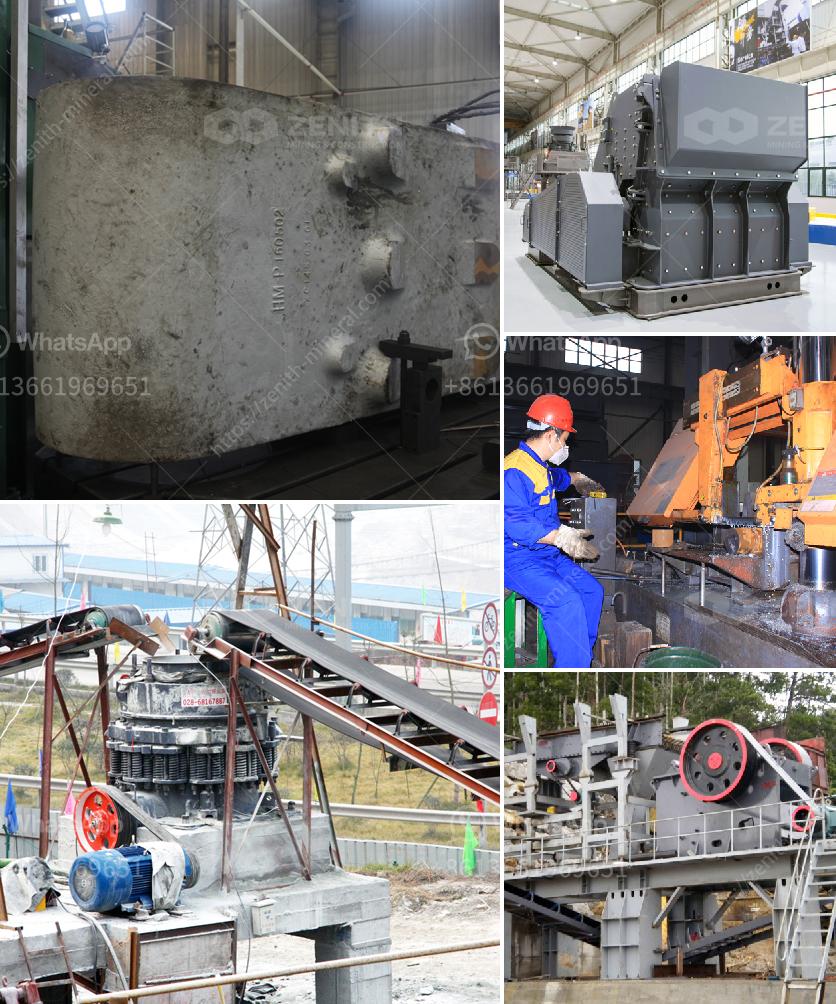Choosing the right manganese ore crushing machinery involves several considerations to ensure efficiency, cost-effectiveness, and suitability for the specific requirements of the mining operation. Here are the key factors to consider:
1. Type of Manganese Ore
- Hardness and Abrasiveness: Manganese ores can vary in hardness and abrasiveness. Harder ores require more robust machinery to handle the crushing process without excessive wear and tear.
- Moisture Content: High moisture content can affect the crushing process, leading to clogging and reduced efficiency. Machinery with features to handle wet materials may be necessary.
2. Production Capacity
- Throughput Requirements: Determine the required production capacity in tons per hour. This will help in selecting machinery that can handle the desired output without bottlenecks.
- Scalability: Consider whether the machinery can be scaled up or down based on future production needs.
3. Crushing Stages
- Primary Crushing: This is the first stage of the crushing process. Machinery like jaw crushers or gyratory crushers are typically used for primary crushing.
- Secondary and Tertiary Crushing: For finer crushing, secondary and tertiary crushers like cone crushers, impact crushers, or hammer mills may be required.
4. Feed Size and Output Size
- Feed Size: The maximum size of the input material that the machinery can handle. Ensure the machinery can accommodate the largest pieces of ore.
- Output Size: The desired size of the crushed material. Different machinery can produce varying sizes of output, so choose based on the required specifications.
5. Efficiency and Energy Consumption
- Energy Efficiency: Machinery with higher energy efficiency can reduce operational costs. Look for equipment with energy-saving features.
- Operational Efficiency: Consider the overall efficiency of the machinery, including factors like ease of maintenance, downtime, and reliability.
6. Cost Considerations
- Initial Investment: The upfront cost of the machinery. Balance the cost with the expected lifespan and performance.
- Operating Costs: Include maintenance, energy consumption, and potential downtime costs. Machinery with lower operating costs can be more economical in the long run.
7. Manufacturer and Support
- Reputation and Reliability: Choose machinery from reputable manufacturers known for quality and reliability.
- After-Sales Support: Ensure the manufacturer provides good after-sales support, including availability of spare parts, maintenance services, and technical assistance.
8. Environmental and Safety Considerations
- Environmental Impact: Machinery that minimizes dust, noise, and emissions can be beneficial for compliance with environmental regulations.
- Safety Features: Ensure the machinery has adequate safety features to protect operators and reduce the risk of accidents.
9. Technological Features
- Automation and Control Systems: Modern machinery often comes with advanced control systems for better monitoring and automation, leading to improved efficiency and ease of operation.
- Integration with Existing Systems: Ensure the new machinery can integrate seamlessly with existing equipment and systems in the mining operation.
Conclusion
Choosing the right manganese ore crushing machinery requires a comprehensive evaluation of the ore characteristics, production requirements, machinery specifications, cost factors, and support services. By carefully considering these factors, you can select machinery that will enhance productivity, reduce costs, and ensure efficient and safe operations.


